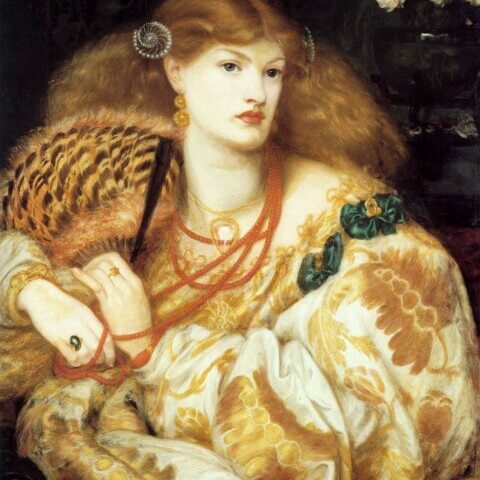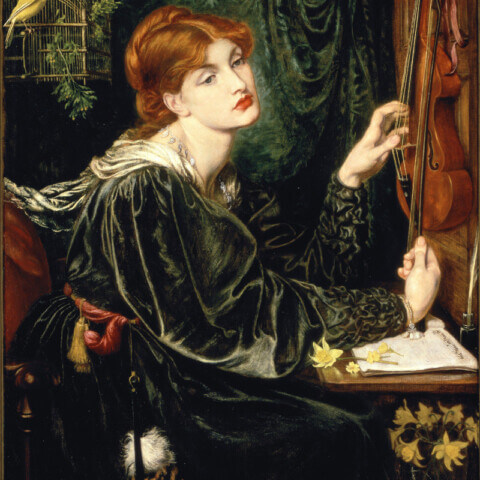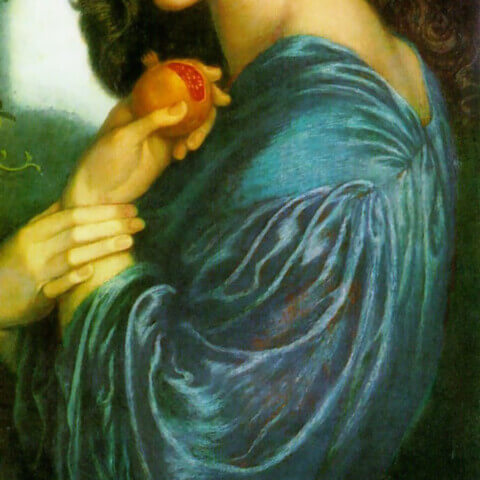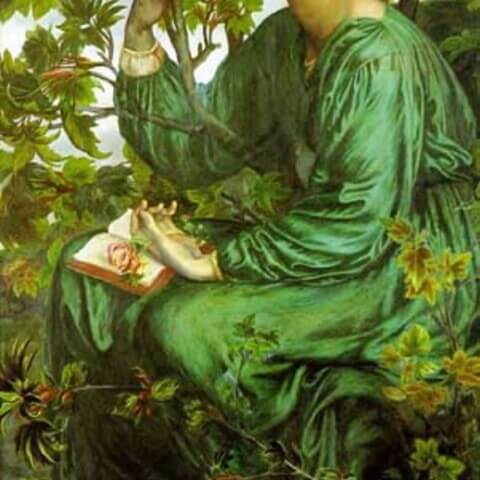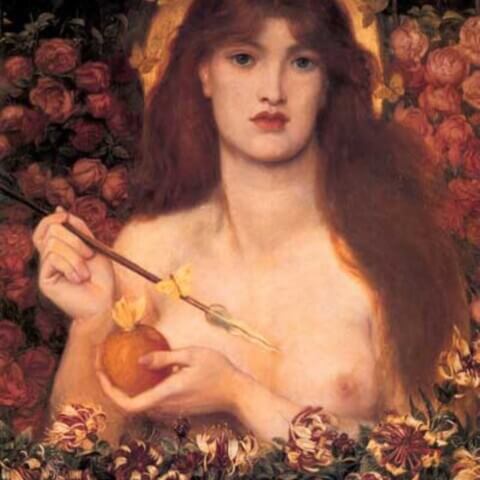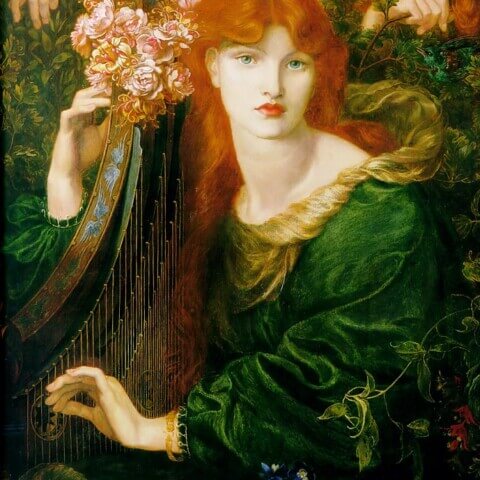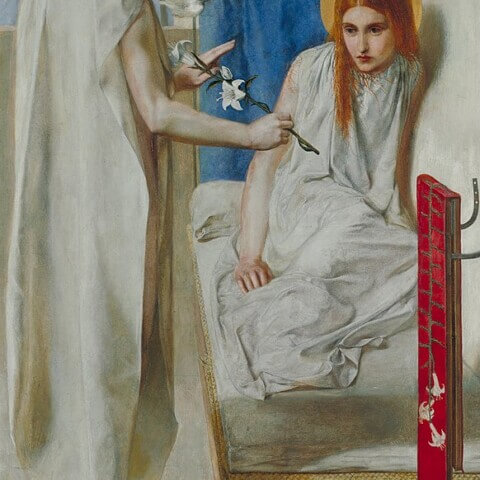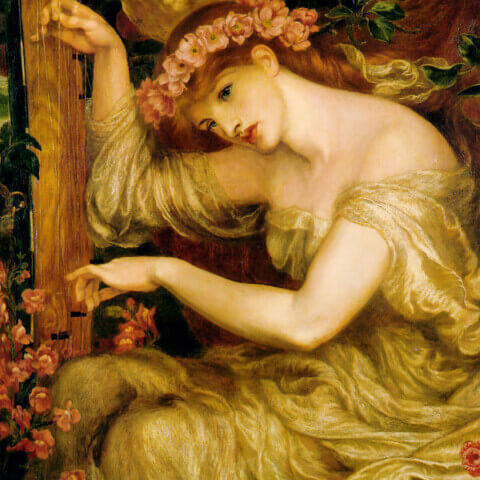Dante Gabriel Rossetti
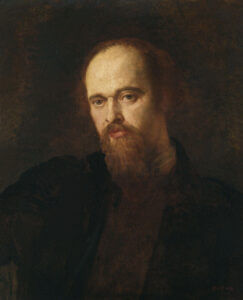
Dante Gabriel Rossetti (1828-1882) was a renowned British poet, illustrator, painter, and translator, who is perhaps best remembered as one of the founding members of the Pre-Raphaelite Brotherhood, a group of artists that sought to reject the industrialized culture of Victorian England and return to the intricate detail and vibrant colors of early Renaissance art.
Born in London on May 12, 1828, Rossetti was the son of Italian émigrés and received his initial artistic training at the Royal Academy Schools. A cultured childhood steeped in literature, particularly Dante’s works, and art formed the bedrock of his creative pursuits.
In 1848, Rossetti co-founded the Pre-Raphaelite Brotherhood with John Everett Millais and William Holman Hunt, and their artworks were characterized by elaborate symbolism, medieval revivalism, and a keen observation of nature. Notably, Rossetti often blurred the lines between his poetry and visual art, exploring the same themes across the two mediums.
Rossetti’s paintings, frequently featuring powerful, enigmatic women, were highly emblematic and often incorporated themes from mythology, legend, and the Bible. He drew inspiration from both his Italian heritage and the world around him. Notable works include “The Awakened Conscience” (1853), “The Girlhood of Mary Virgin” (1849), and “Beata Beatrix” (1864-1870) — the latter being a poignant tribute to his wife, Elizabeth Siddal, who died in 1862.
Rossetti’s work had significant influence on the aesthetic movement and symbolist art, and his contribution to the realm of visual arts and poetry leaves an enduring legacy. His artistic style, enriched by deep symbolism and emotional intensity, and marked by an intense interplay of passion and spirituality, stands as a testament to the innovative spirit of the Pre-Raphaelite Brotherhood.
Dante Gabriel Rossetti died on April 9, 1882, leaving behind an immense body of work that continues to be celebrated for its beauty, complexity, and its unique blend of the visual and the poetic. His exploration of femininity, love, and desire, coupled with his devotion to detail and color, have firmly established him as one of the most important figures in 19th century British art.
- 1
- 2


